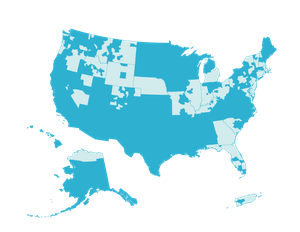Federal Disaster Policy: Toward a More Resilient Future
When major disasters strike, our collective attention turns to America’s larger population centers. The national narrative shows hurricanes occurring in New Orleans, earthquakes in San Francisco, blizzards in Boston and wildfires in Los Angeles. But of course those disasters impact other places, too. People living in small cities, suburbs and rural counties with weaker infrastructure may be even more vulnerable to the impacts of disaster events and may need more help to recover.
The U.S. Department of Housing and Urban Development (HUD) focused the Winter 2015 edition of its “Evidence Matters” journal on disaster policy and disaster resilience. Of particular interest is the article “Preparing for the Next Disaster: Three Models of Building Resilient Communities,” which takes an in-depth look at how three communities – a large urban center, a small city and a small rural town – recovered from disasters.
The article’s profile of Greensburg, Kansas illustrates how the town came together in the aftermath of a devastating tornado that wiped out 90-95 percent of the buildings in the community, prompting nearly half the town’s residents to leave. The remaining residents saw an opportunity in this dark time. They came together intentionally to create a green and sustainable community that might afford them a brighter future than the town would have had otherwise.
Read that inspiring story and the other articles in the issue here.
